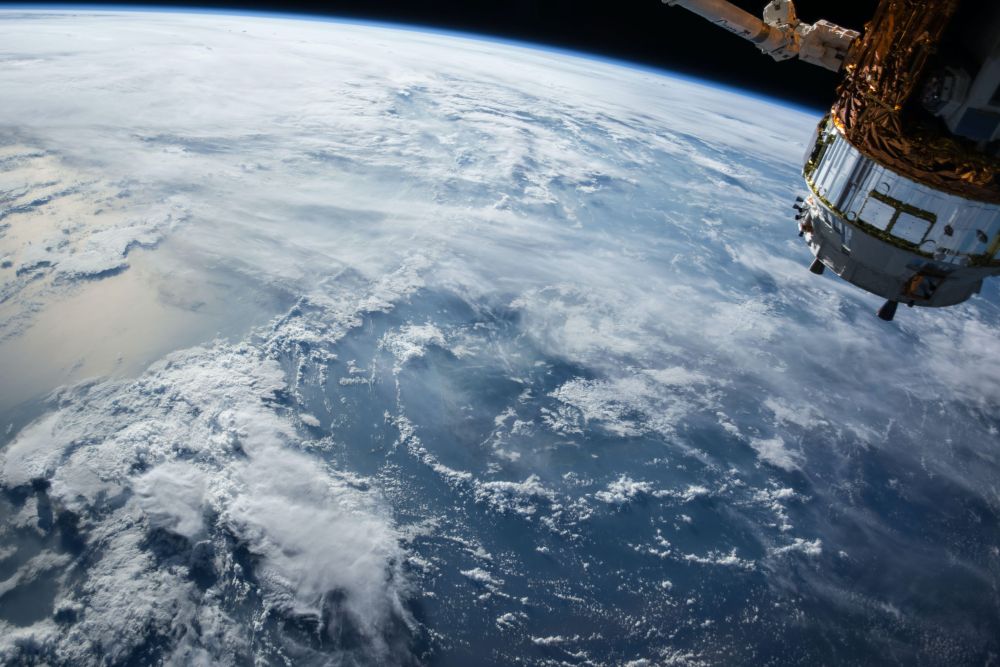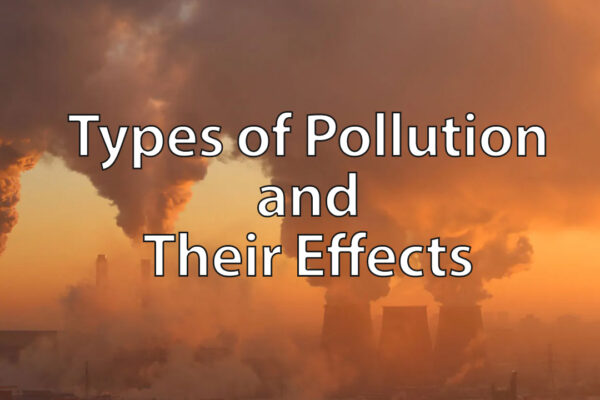Air Pollution From Defunct Satellites Re-Entering the Earth can Create Another Ozone Hole
Chemical released as satellite debris burnt in the atmosphere could catastrophically damage the earth’s protective Ozone Layer. Scientists have warned that if plans to build megaconstellations of tens of thousands of satellites – such as SpaceX’s Starlink – move forward as foreseen, the air pollution from defunct satellites re-entering the earth could create another ozone hole.
A recent study, published in the journal Scientific Reports, said that all of the incinerated aluminum upon re-entry into the atmosphere could cause environmental destruction. The amount of air pollution from this burning could most probably create a new hole in the ozone or even inadvertently modify the planet and its environment for the worse.
Earlier, a test run of a geoengineering technology, which would use atmospheric particles to scatter incoming sunlight and cool the planet, was eliminated amid public resistance. However, burning aluminum satellites in the atmosphere will possibly have a similar effect.

Scientists have warned that the air pollution from defunct satellites re-entering the earth could create another ozone hole | Image: NASA
According to Aaron Boley, University of British Columbia astronomer and co-author of the study,
We have 54 tonnes (60 tons) of meteoroid material coming in every day. With the first generation of Starlink, we can expect about 2 tonnes (2.2 tons) of dead satellites re-entering Earth’s atmosphere daily. But meteoroids are mostly rock, which is made of oxygen, magnesium and silicon. These satellites are mostly aluminum, which the meteoroids contain only in a very small amount, about 1%.
Megaconstellations cause serious worries to the space community as they increase the risks of orbital collisions in the already cluttered orbital environment. SpaceX’s Starlink in particular came under heavy criticism due to the effects the visible trains of their satellites have on astronomical observations.
The aluminum poses a great ordeal even aside from experimental geoengineering. Boley said that it could lead to a new hole in the ozone layer, as it has been established that rockets burn aluminum-heavy fuels creating tiny holes in the ozone as they are launched.
It is imperative to lessen the harmful chemicals and gases that adversely affect the ozone layer, or else the planet will be scorched by the harmful UV rays of the sun.
Via: Tech Times


